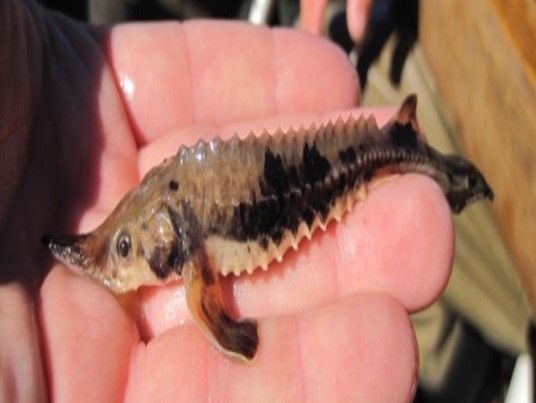Quantifying the impacts of climate change on fish growth and production to enable sustainable management of diverse inland fisheries.

Objectives
-
1) Quantify historic changes and project future suitable thermal habitat for fish species with differing thermal preferences in Midwestern lakes and reservoirs spanning a broad latitudinal gradient
2) Estimate effects of thermal habitat changes on fish growth to predict climate change effects on individual growth rates and size at age of management-relevant fish species inland Midwestern lakes and reservoirs
3) Quantify the impact of climate covariates (temperature, ice phenology) on fisheries productivity for priority fish stocks in the Great Lakes and inland lakes
4) Communicate lake-specific impacts of climate change on fisheries growth and productivity with policy makers to enable climate-smart decisions.
Overview
Fisheries managers in Midwestern lakes and reservoirs are tasked with balancing multiple management objectives related to the abundance and growth of several priority fish species across a landscape of diverse lakes. Growth rates of fish are indicators of population status, and directly influence the effectiveness of regulations designed to protect spawning fish or to promote trophy fishing opportunities. Growth, combined with reproduction and survival, also determines the amount of fish biomass available for harvest, known as population production. Changing water temperatures can influence growth and production of managed fish species in multiple and complex ways, increasing the opportunity for harvest in certain locations and decreasing it in others. In this project, we will quantify how climate change influences growth and productivity of priority fish species in lakes and reservoirs throughout the Midwest. This information will enable managers to adapt management objectives to take advantage of increased growth and harvest potential in certain places, while implementing protective actions where climate change is likely to have negative effects. Such work is particularly important given that climate change impacts on fish populations are often indirect, influencing species interactions, growth rates, and recruitment in ways that are often counterintuitive and vary across the landscape of Midwestern Lakes and reservoirs.